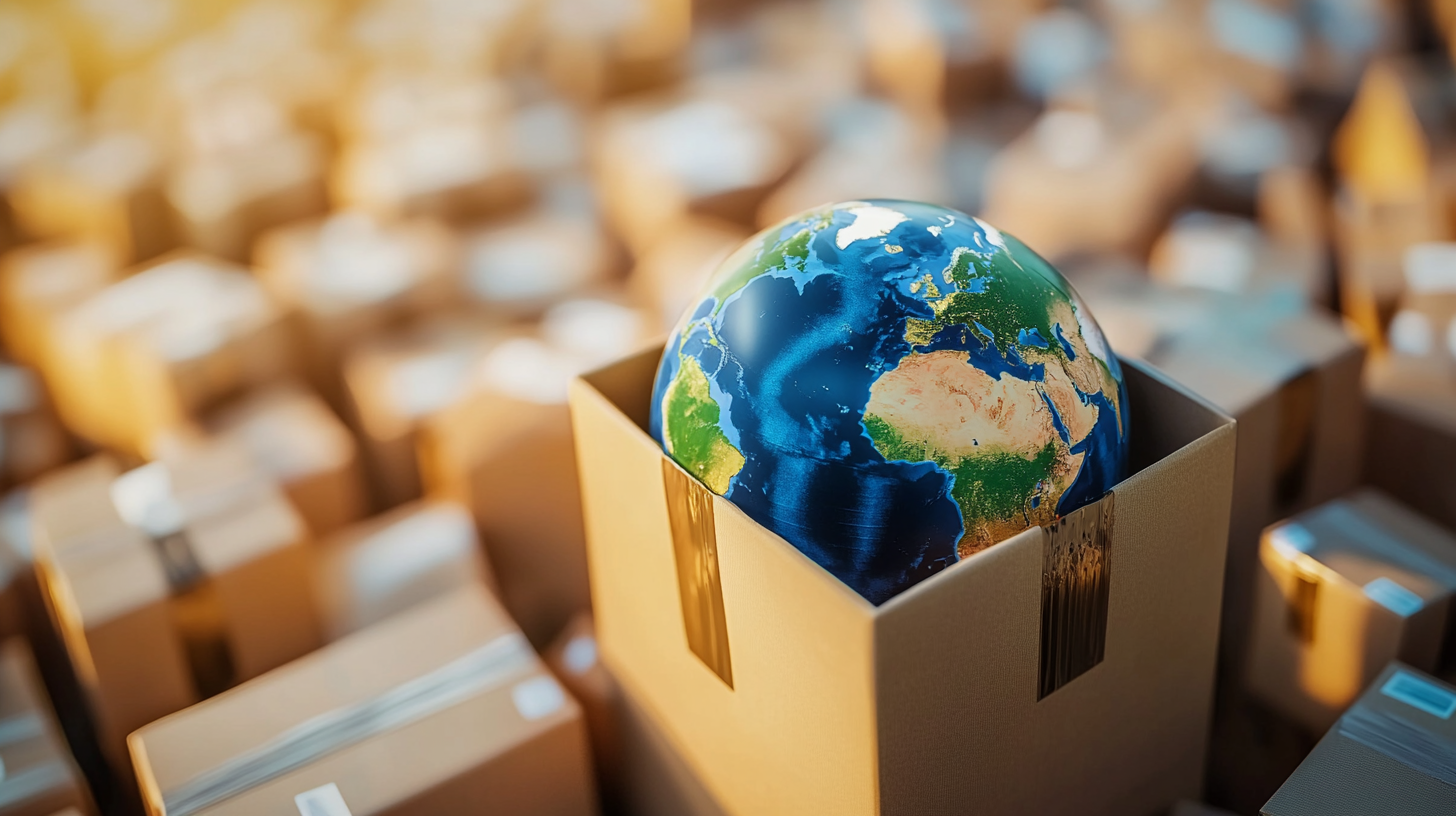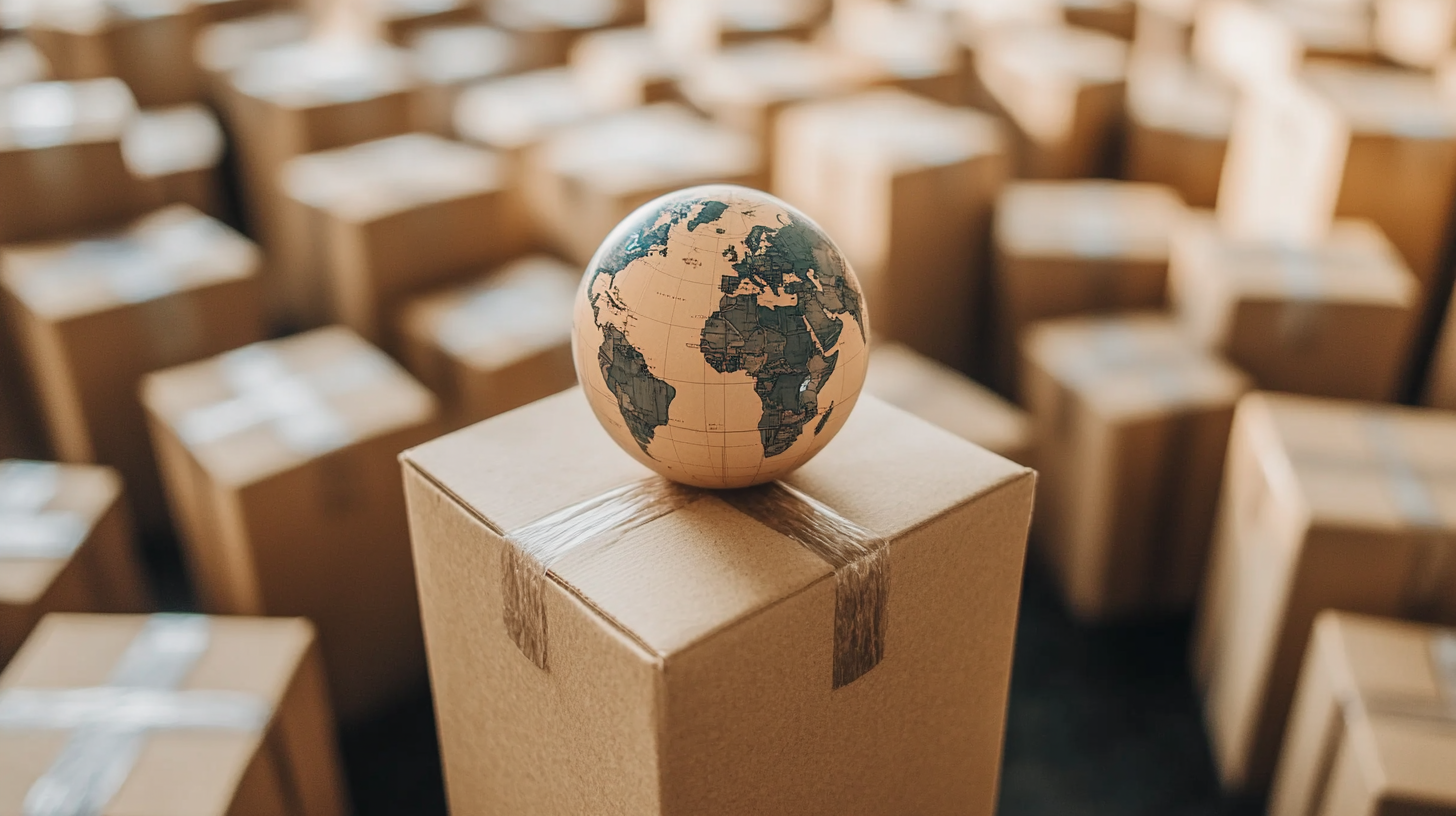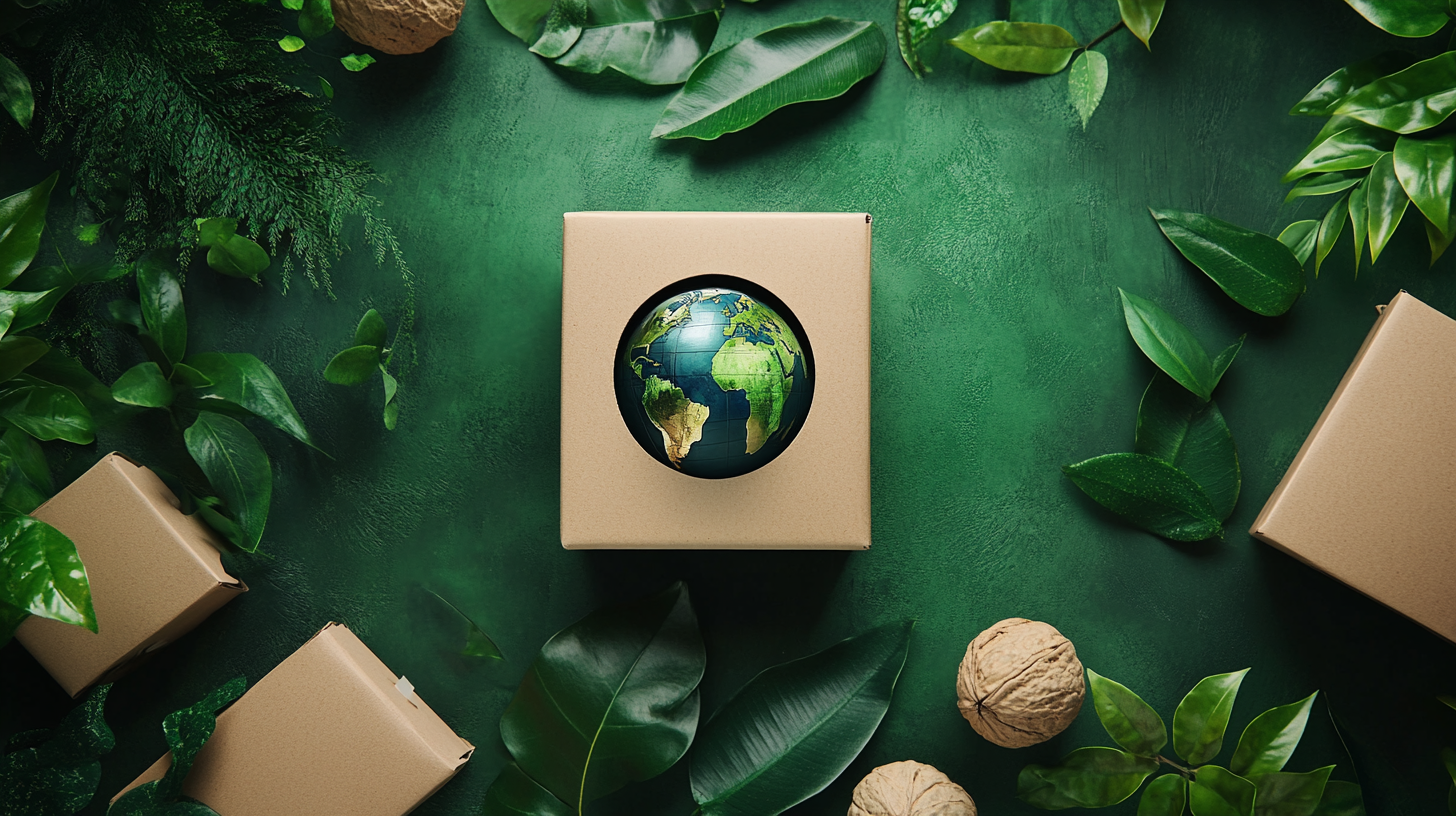Comprehensive Insights on Choosing Planet Friendly Packaging for Global Sourcing
In recent years, the focus on sustainability has gained unprecedented momentum in the packaging industry, primarily driven by the urgent need to address environmental challenges. According to a report by Smithers Pira, the global market for sustainable packaging is expected to reach $500 billion by 2026, with an increasing shift towards eco-friendly alternatives. This trend is largely propelled by consumer demands for transparency and responsible sourcing practices, further emphasized by a 2021 Global Web Index study that found 71% of consumers are willing to pay more for products packaged in environmentally friendly materials. As businesses engage in global sourcing, the importance of selecting "Planet Friendly Packaging" becomes paramount, not only to meet regulatory demands but also to enhance brand loyalty and competitiveness in a crowded marketplace. This blog will explore comprehensive insights on selecting the right sustainable packaging solutions that align with both ecological standards and consumer expectations.

Understanding the Environmental Impact of Packaging Materials in Global Sourcing
The environmental impact of packaging materials has become a crucial consideration for businesses engaged in global sourcing. According to a report by the Ellen MacArthur Foundation, nearly 80% of plastic waste is not recycled, leading to significant environmental degradation. This stark reality underscores the importance of selecting materials that not only meet business needs but also minimize ecological harm. Packaging made from renewable sources, such as compostable bioplastics and recycled paper, can dramatically reduce a company’s carbon footprint, aligning with sustainability goals and consumer preferences.
Moreover, the sustainable packaging market is projected to reach $500 billion by 2027, driven by increased demand for eco-friendly solutions and stringent regulations on waste management. Companies that adopt planet-friendly packaging are often viewed more favorably by consumers: a survey revealed that 72% of respondents are willing to pay more for products packaged sustainably. By reassessing their packaging strategies, businesses can not only contribute positively to the environment but also leverage a competitive advantage in a rapidly evolving marketplace.
Evaluating Biodegradable and Compostable Options for Sustainable Packaging
When considering sustainable packaging options in global sourcing, it’s essential to evaluate biodegradable and compostable materials carefully. Biodegradable packaging is designed to break down naturally in the environment, reducing landfill waste and contributing to a circular economy. These materials, often derived from renewable resources, can decompose through natural processes, making them a more eco-friendly choice compared to traditional plastics. For businesses, adopting biodegradable packaging not only enhances brand image but also demonstrates a commitment to environmental stewardship.
On the other hand, compostable packaging goes a step further. It not only breaks down into non-toxic components but also enriches the soil when composted correctly. To qualify as compostable, packaging must meet specific standards, such as those set by the ASTM or EN, ensuring it can decompose in a commercial composting facility. This makes compostable materials an excellent choice for companies looking to minimize their environmental footprint while promoting sustainability. Choosing the right option hinges on understanding the entire lifecycle of the product and aligning packaging choices with the brand's sustainability goals.
Comparative Analysis of Sustainable Packaging Options
This bar chart illustrates the evaluation of different sustainable packaging options, comparing the market shares of biodegradable and compostable materials over the past few years. As businesses shift towards eco-friendly practices, the significance of understanding these options increases.
The Role of Life Cycle Assessment in Selecting Eco-Friendly Packaging Solutions
When selecting eco-friendly packaging solutions, the role of Life Cycle Assessment (LCA) is crucial in understanding the environmental trade-offs associated with various materials. Recent studies highlight how LCA can systematically evaluate the environmental impact of packaging throughout its entire life cycle—from production to disposal. For instance, a comprehensive LCA of reusable plastic food packaging indicates that, while these containers can reduce waste, their overall sustainability is contingent upon multiple factors, including the frequency of use and the energy consumed during washing processes.
Moreover, a study comparing seafood packaging options revealed significant differences in environmental effects between disposable polystyrene and more sustainable alternatives. By employing LCA, researchers can quantify impacts such as carbon emissions and resource consumption, illuminating areas where improvements can be made. The Danish consumer perception of liquid food packaging, juxtaposed with LCA findings, underscores a notable gap in understanding—highlighting the necessity for better education on the environmental benefits of sustainable options. These insights into LCA not only inform better packaging choices but also encourage a broader dialogue on the integration of sustainable materials in global sourcing strategies.

Comparative Analysis of Recyclability Rates Across Common Packaging Types
When selecting planet-friendly packaging for global sourcing, understanding the recyclability rates of common packaging types becomes essential. With over 400 million metric tons of plastic waste generated globally each year, the urgency for effective recycling methods is heightened. A comparative analysis of recyclability reveals that materials such as cardboard and certain bioplastics often outperform traditional plastics, which frequently end up in landfills despite their potential for recycling. The integration of closed-loop recycling technologies not only reduces environmental footprints but also presents economic advantages, creating a sustainable cycle that conserves resources.
In the context of food packaging, an intriguing study highlighting reusable versus single-use formats in university campus food services illustrates significant differences in both environmental impact and economic viability. Reusable packaging systems tend to generate less waste, while single-use options contribute heavily to pollution. The analysis of these packaging choices unveils critical insights into the drivers of packaging-related food losses and waste. By emphasizing recyclability and sustainability, organizations can make informed decisions that align with global sustainability goals while effectively addressing the pressing issues of plastic pollution and resource conservation.
Innovative Technologies in Sustainable Packaging: Trends and Future Directions
As we navigate the future of sustainable packaging, innovative technologies are playing a crucial role in shaping industry trends. One clear trend is the continual evolution of large-format packaging solutions. These innovations focus not only on functionality—capable of withstanding logistics challenges—but also on meeting the rising demand for sustainable practices. The adoption of eco-friendly materials in large-format packaging, especially within the pet food sector, indicates a commitment to environmental responsibility while ensuring efficiency in distribution.
The realm of flexible packaging remains a fascinating area, showcasing both benefits and challenges. While its lightweight and functional characteristics are appealing, the recycling aspects often leave environmentalists wanting more. To bridge this gap, advancements in material science are pushing boundaries, producing recyclable or compostable options that can entice both consumers and recyclers alike. As we approach 2025, trends indicate a significant shift towards sustainable initiatives across the packaging spectrum, driven by technological innovations and a growing consumer awareness of environmental impact. These developments not only reflect a changing marketplace but also signal a collective move towards a more responsible future in packaging.

